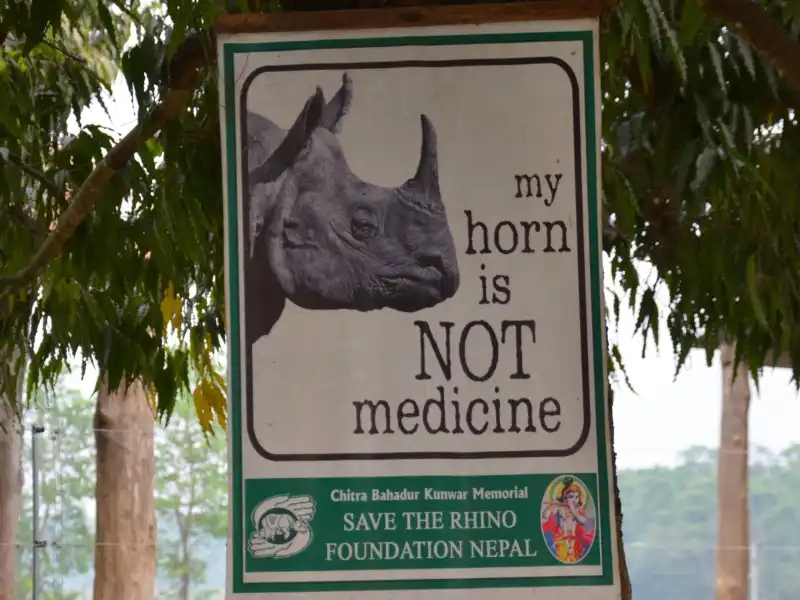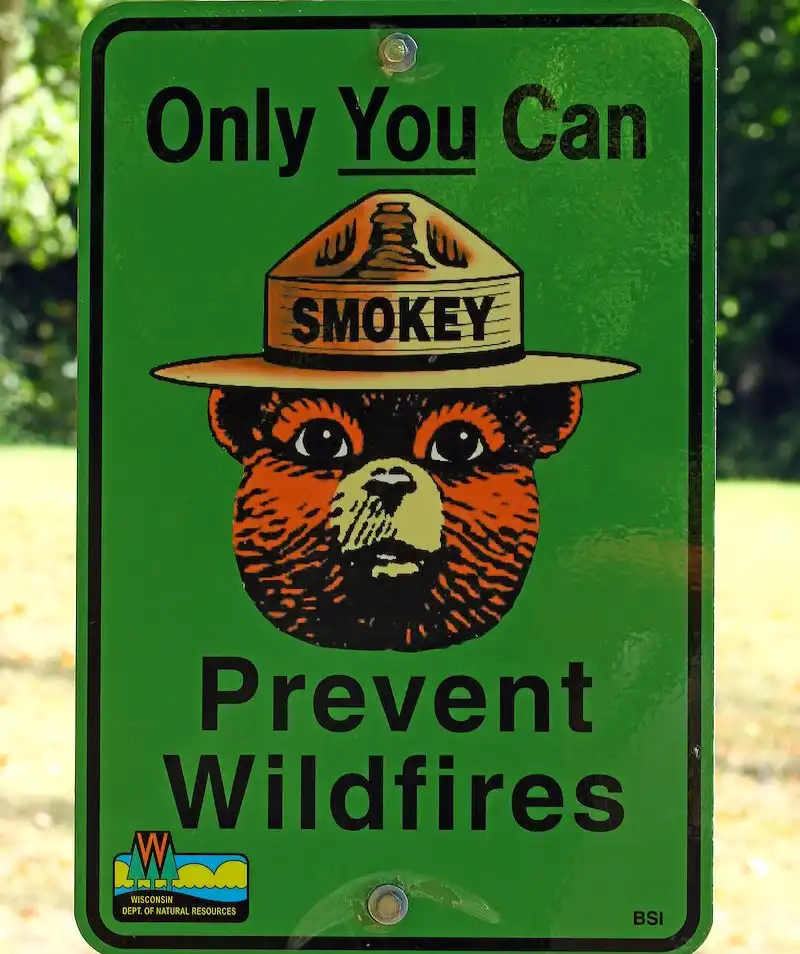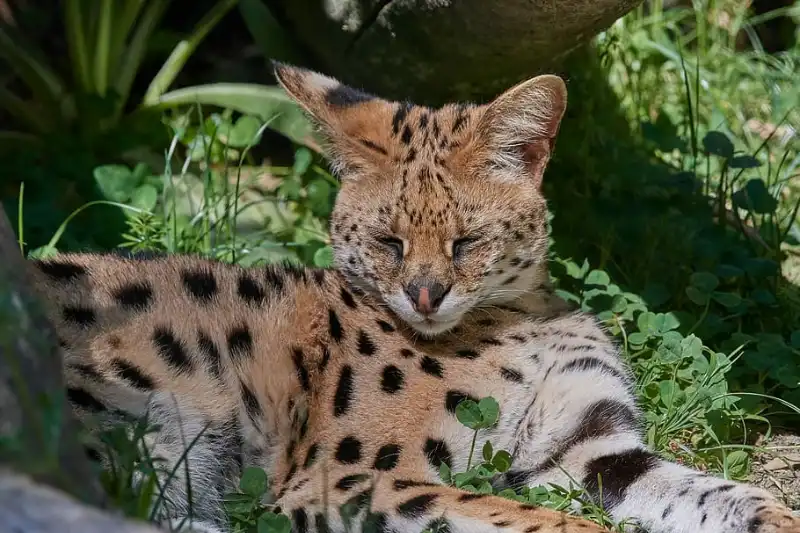Wildcats populate our globe, and they have always captured people’s imaginations due to their beautiful markings, keen senses, and powerful bodies. Unfortunately, human activity is causing significant declines in many wildcat populations, making them among the most imperilled species on the planet. This article will discuss the disastrous impact of human activity on wildcat populations and what can be done to help stop their extinction.
Wildcats, such as tigers, lions, leopards, cheetahs, and jaguars, among other species, have perfectly adapted to their natural environments over millions of years of evolution. However, human actions are endangering their survival as habitat destruction, poaching, and climate change are the primary drivers of wildcat population declines.
1. Habitat Destruction

Wildcats are among the most remarkable and majestic creatures on earth, possessing strong bodies, acute senses, and razor-sharp claws. Unfortunately, human activity, particularly habitat destruction, poses serious challenges to the survival of these amazing creatures.
Human activities like urbanisation, industrialisation, and deforestation destroy natural habitats, a phenomenon known as habitat destruction. As human populations rise and spread, wildcats’ native habitats are being invaded, leaving them with less room to live, hunt, and find mates. This can lead to significant population declines and, in some cases, even extinction.
Habitat degradation is mainly caused by deforestation, which occurs for a variety of reasons, such as logging, agriculture, and urban development. Since forests are the primary habitat and food source for wildcats, deforestation can have a devastating impact on their numbers. Wildcats may be forced to move to new areas as forests are destroyed, where they may face increased competition for resources or new predators.
Urbanisation is another factor causing habitat damage. As cities expand, they frequently encroach on neighbouring natural areas, disrupting ecosystems and driving species elsewhere. When natural habitats are fragmented due to urbanisation, it can be more challenging for wildcat populations to maintain genetic diversity and adapt to changing environmental conditions.
Industrialisation is another significant contributor to habitat degradation, with expanding businesses requiring large tracts of land for infrastructure such as factories and mines. Natural habitats may be destroyed in the process, leaving wildcat populations with fewer places to live and hunt. Industrial activities can also lead to environmental degradation and pollution, further harming wildcat populations.
Habitat degradation can have various negative impacts on wildcat populations, such as making it harder for them to find food if their prey species are less abundant. While wildcats may resort to hunting cattle or raiding farms for food, it also increases the possibility of human-wildlife conflicts. Habitat degradation can also increase the risk of inbreeding since isolated populations have less genetic diversity and are more prone to genetic abnormalities.
Fortunately, there are ways to help prevent habitat loss and protect wildcat populations. One of the most critical measures is the creation of protected areas, such as national parks and animal reserves, that can serve as vital habitats for wildcat populations and other species, preserving biodiversity and safeguarding ecosystems. Sustainable land-use practices, such as agroforestry and sustainable forestry, can also be promoted in these protected areas to support local communities’ livelihoods while preserving natural habitats.
Enforcing regulations that prohibit habitat loss and other forms of environmental degradation is another crucial step. Governments can help reduce the impact of human activities on natural ecosystems by tightening environmental regulations and ensuring strict compliance. Public awareness campaigns can also be utilised to emphasise the importance of preserving natural habitats and the crucial role that wildcats and other species play in maintaining thriving ecosystems.
Deforestation, urbanisation, and industrialisation are the primary drivers of habitat deterioration, which poses a serious threat to wildcat populations. By establishing protected areas, upholding environmental laws, and promoting sustainable land-use practices, we can help prevent habitat degradation and save these incredible animals from extinction. To ensure the biodiversity and health of our world for future generations, it is up to all of us to take action to safeguard wildcats and other species.
2. Poaching

Poachers illegally kill and sell wildcats for their meat, fur, and body parts, posing a severe danger to wildcat populations and pushing numerous species to the brink of extinction. In this post, we will discuss the detrimental impact of poaching on wildcat numbers and the steps being taken to stop it.
The illegal trade in wildcat products is driven by consumer demand, particularly in East Asia, where wildcat materials are often used in traditional medicine and luxury goods. As a result of this demand, sophisticated criminal networks that operate across international borders have been established. Poaching has had a significant negative impact on wildcat populations, particularly in Southeast Asia, where many species are now extinct in the wild or critically endangered. For example, the Sumatran tiger, which was once found throughout the Indonesian island of Sumatra, has decreased to just 400 individuals due to poaching and habitat loss. Similarly, the Amur leopard, found in Russia’s far east, has a population of less than 100 animals due to poaching and habitat destruction.
Poaching also has negative impacts on wildcat habitats. Wildcats are top predators in many ecosystems and are crucial in controlling the populations of prey species. Declines in wildcat populations due to poaching can result in an explosion in the populations of the prey animals they consume, leading to ecological imbalances that can significantly impact the health of entire ecosystems.
Efforts are being made to prevent poaching and protect wildcat populations. Law enforcement is a critical strategy, and governments are working to tighten restrictions and impose harsher penalties on those engaged in the illegal wildlife trade. Specialist wildlife crime units have been established in several countries to investigate and prosecute poachers and traders, and international collaboration is being sought to address the transnational nature of this illegal activity.
Awareness-raising and education campaigns are also essential for reducing the demand for wildcat products. By educating consumers about the damaging effects of poaching on wildcat populations and ecosystems and encouraging sustainable alternatives, such as captive breeding initiatives, we can reduce the demand for wildcat products and contribute to the survival of these animals in the wild.
Lastly, it is critical to establish protected areas such as national parks and wildlife reserves to ensure the survival of wildcat populations. These areas provide crucial habitat for wildcats and other wildlife, preserve biodiversity, and protect ecosystems. Agroforestry and sustainable forestry are two sustainable land use techniques that can be used to promote protected areas. These practices can support local communities’ livelihoods while preserving natural environments.
In conclusion, poaching poses a significant threat to wildcat populations, and we can help prevent poaching and safeguard wildcat populations for future generations by tightening legislation, enhancing punishments for those engaged in the illegal wildlife trade, educating customers, and establishing protected areas. It is up to each of us to take action to protect wildcats and other species and maintain the biodiversity and well-being of our planet.
3. Climate Change

Climate change is posing a serious danger to wildcat populations as rising temperatures, shifting precipitation patterns, and other environmental changes are influencing the ecosystems in which these animals dwell. Humans continue to release greenhouse gases into the atmosphere and change the planet’s climate, making the impacts on wildcat populations more and more clear. This article will cover the disastrous impacts of climate change on wildcat populations and the steps being taken to limit additional harm.
Even little variations in temperature or precipitation can make wildcats vulnerable due to their high habitat adaptation. The snow leopard, found in high-altitude areas of Central Asia, is one animal that depends on cold temperatures and snow cover to survive. As temperatures rise, the snow cover that these animals depend on for protection and hunting may deteriorate, endangering the species with extinction.
4. Preventing Extinction

Human activity poses a serious threat to the extinction of wildcats, despite being among the most recognizable and endearing creatures on the globe. Factors such as habitat loss, poaching, and climate change have led several wildcat species to the brink of extinction. However, it is not too late to intervene and stop their extinction. This article will go through some of the actions we can take to safeguard wildcats and prevent their extinction.
Stopping wildcats’ extinction requires taking important initiatives to protect their habitats. Deforestation, urbanization, and agriculture are major contributors to habitat loss and the biggest threats to wildcats today. Several wildcat species require large territories for hunting and breeding, and their population may significantly decrease if these lands are lost or fragmented. One solution is to create protected areas like national parks, animal reserves, and other conservation zones. These places provide wildcats with safe havens and protect their habitats from human expansion and destruction.
Another critical step is to combat poaching and the illegal trade in wildcat goods. Poaching and the illicit trade in wildcat parts like fur, bones, and organs pose significant risks. Demand for these products is driven by customers in various countries who believe they have therapeutic or cultural value. Governments, conservation groups, and local communities can work together to raise awareness of the dangers of poaching and the need to protect wildcats. They can also establish anti-poaching patrols and take other measures to enforce laws against the smuggling of wildcat products.
Addressing climate change, which is seriously affecting wildcat populations, is also crucial. Rising temperatures, shifting precipitation patterns, and other environmental changes influence the ecosystems in which these animals live, and climate change poses a serious danger to wildcat populations. Weather patterns are changing as a result of global warming, affecting the availability of prey species for wildcats. Climate change also affects wildcats’ ability to reproduce due to habitat loss, altered vegetation patterns, and an increase in extreme weather events. We can contribute to the preservation of wildcats and their habitats by taking steps to reduce carbon emissions and mitigate the effects of climate change.
Ultimately, supporting conservation initiatives that protect wildcats and their habitats is crucial. Numerous groups focus on wildcat population conservation, and their efforts are supported by the general public. You can support these initiatives by donating money, time, or raising awareness of the importance of wildcat protection. Supporting ecotourism initiatives that encourage preservation and sustainable development, such as nature-based or wildlife-watching tourism, is also an option.
Stopping the extinction of wildcats is a serious problem that requires action from all of us. We can contribute to the protection of these iconic species and ensure their existence for future generations by defending their habitats, preventing poaching, addressing climate change, and supporting conservation initiatives. We all have a role to play in conserving wildcats and the biodiversity of our planet, and it is up to us to act now.
Conclusion
Human activity is causing an alarming pace of population decline in wildcats, even though they are among the most well-known and significant species on the globe. Addressing the underlying causes of these declines, such as habitat destruction, poaching, and climate change, can help stop the extinction of these incredible animals. Each of us can play a role in protecting wildcats by contributing to conservation organisations, minimising our own environmental impact, or promoting local, national, and international policy reforms.






